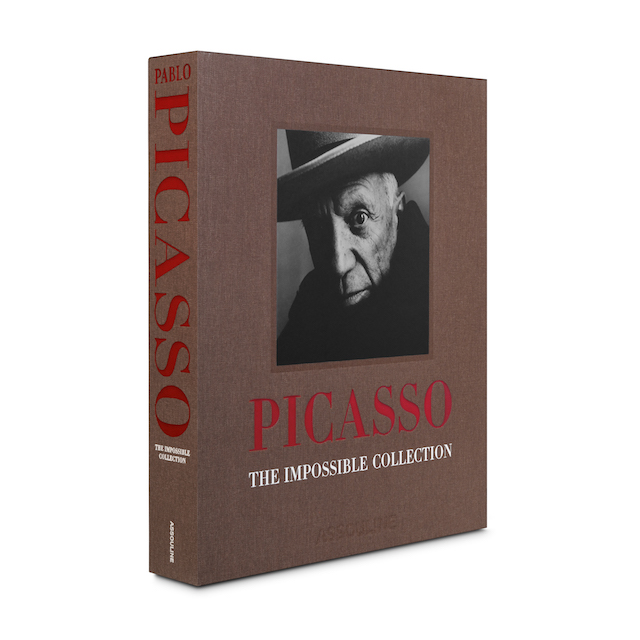Diana Widmaier Picasso creates a compendium of one hundred masterpieces by her grandfather
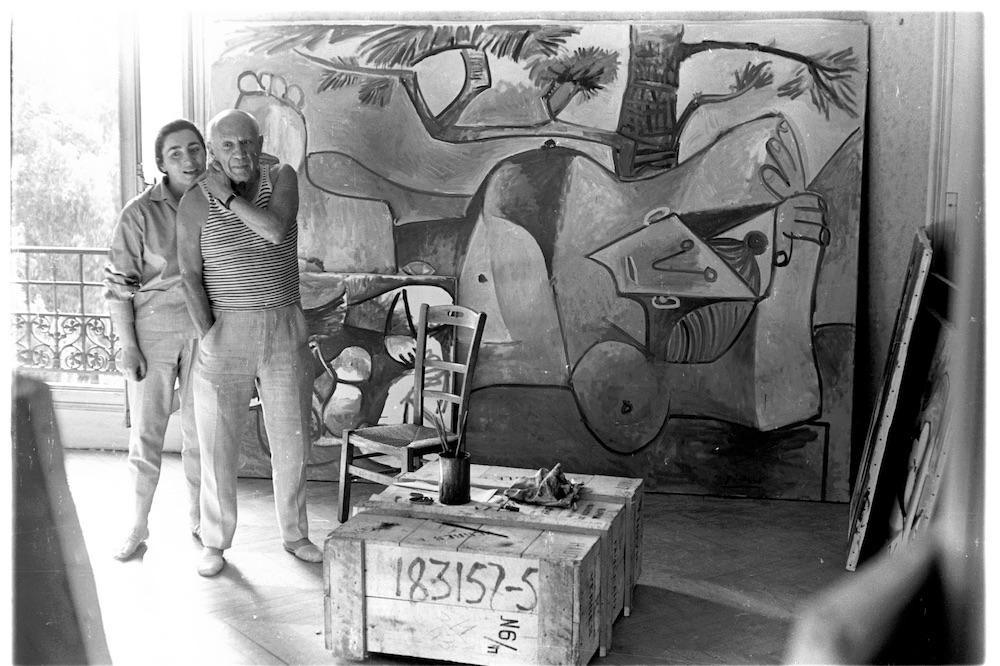
“Give me a museum and I’ll fill it.”
– Pablo Picasso
The works of Pablo Picasso are scattered around the world. There are enough cubist portraits, colourful ceramics, collages and constructed sculptures to fill many museums. To catalogue the Spanish artist’s entire oeuvre is to look directly at the sun, and his jagged shadow continues to dominate contemporary art, each of his distinct periods offering something vital and new. His influence is unescapable, his legacy, fluid. For the past fifteen years Pablo’s granddaughter Diana Widmaier Picasso – a historian specialising in modern art – has been working with his archive and curating shows that show him in new forms, illuminating mediums the public does not necessarily associate with him, such as sculpture. In addition to compiling a catalogue of 2,000 three-dimensional Picasso works made from plaster, bronze, wood, terra-cotta, cardboard and paper, she has recently created a compendium of one hundred unique masterpieces, published by Assouline as Picasso The Impossible Collection. It is an assembly of artwork that no collector (no matter how deep their pockets) could ever amass, and gives both personal and academic insight into “some less ubiquitous yet equally powerful” paintings, prints, sculptures and photographs. Port spoke to Diana about the project, as well as Pablo’s renewed life after meeting her grandmother and his shape-shifting legacy.
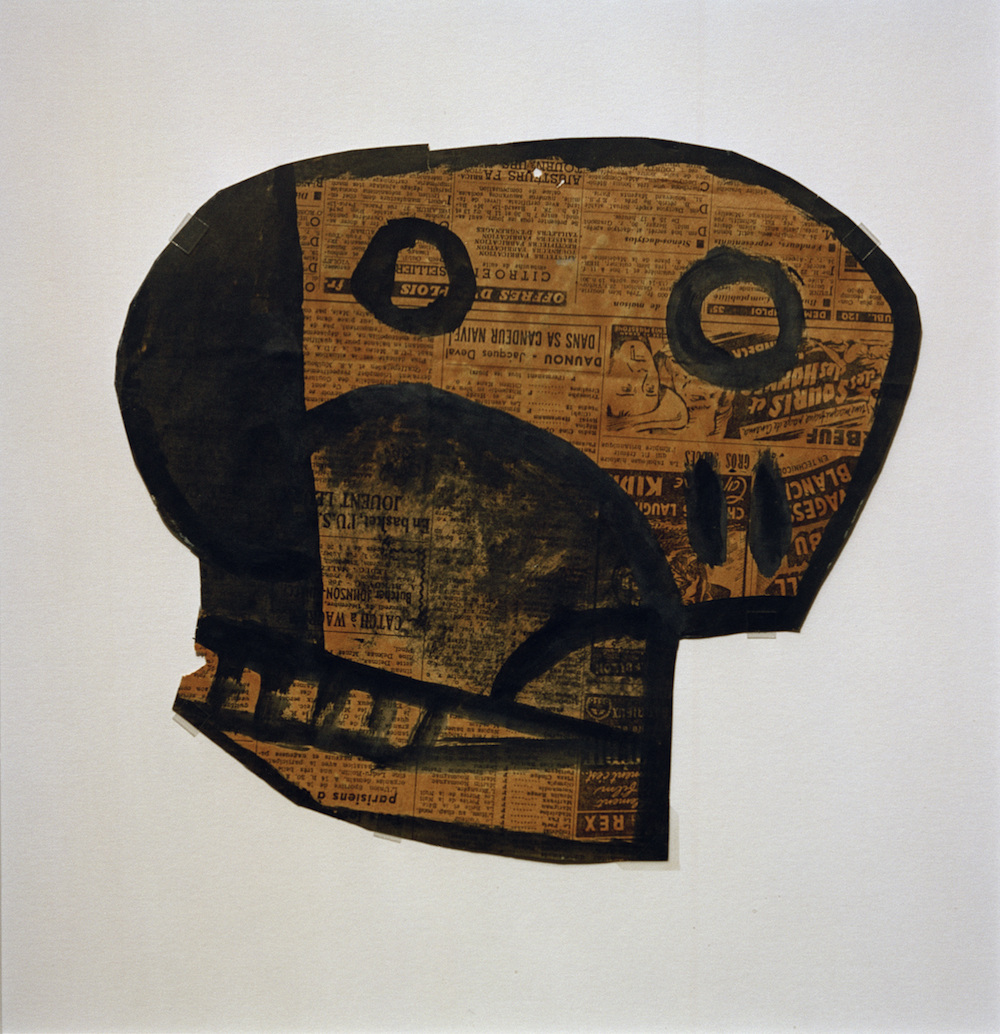
What was the impetus and sustaining force behind this project?
I worked on this project for six months and I chose a hundred works by Picasso. The idea of putting together an “impossible collection” seemed to me a fascinating challenge. Picasso is undoubtedly the most prolific artist of the twentieth century, with an active career spanning more than half a century. I didn’t want to choose only museum masterpieces such as Les Demoiselles d’Avignon (1907) or Guernica (1937), but I wanted to present a summary of the main themes and major technical innovations that guided Picasso’s art and life. The notion of a masterpiece is usually associated with Picasso’s paintings, but I wanted to present all his means of expression and experimentations with materials and techniques: sculptures, drawings, engravings, photographs, ceramics, cut-out papers, and cut-out sheet-metal.
How did Pablo’s early success protect and grant him freedom in the rest of his career as an artist?
Picasso was not always so successful. His early years were fraught with poverty, tragedy, and emotional suffering; and it was these struggles that he channeled into his first pioneering body of work, known as his Blue Period. He later said to his friend and photographer Brassaï: “I was often broke too, and I always resisted any temptation to live any other way than from my painting. (…) In the beginning, I did not sell at a high price, but I sold. My drawings, my canvases went. That’s what counts”. Picasso thought an artist should persevere and never abandon their creative passions.
Collectors such as the American brother and sister Leo and Gertrude Stein had a crucial role in Picasso’s early career. For Picasso, Stein’s early patronage and friendship was critical to his success. “It’s often been said that an artist ought to work for himself, for the ‘love of art,’ that he ought to have contempt for success. Untrue!” he told Brassaï in 1944. “An artist needs success.” More than a genius, Picasso the artist was rather an exceptional driven hard-worker who was free to do whatever he wanted.
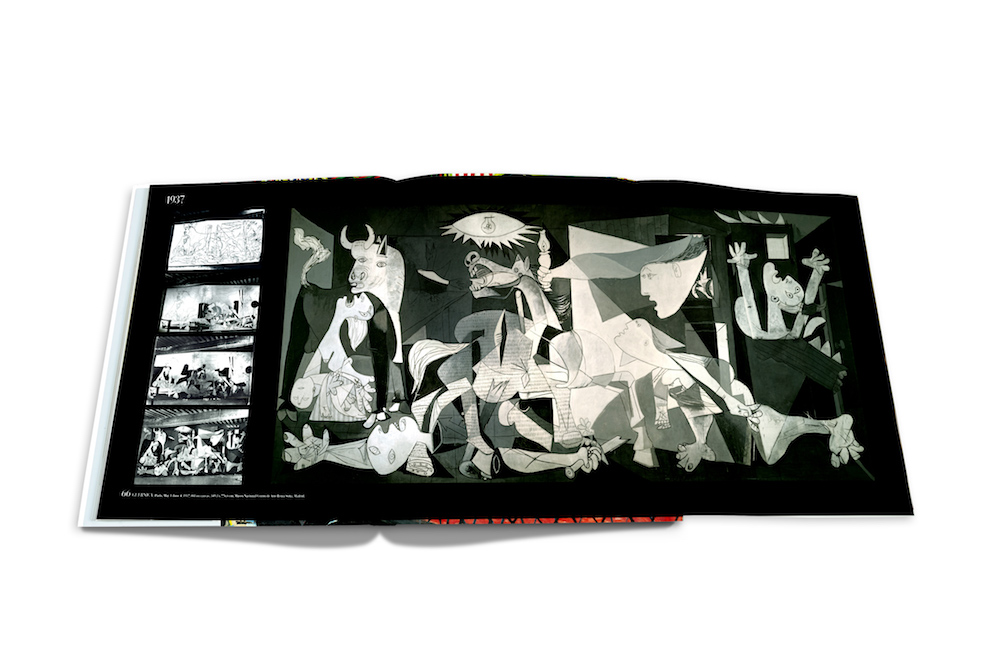
How does your impossible collection compare to Pablo’s own list of masterpieces?
I also selected works that Picasso had chosen to keep until the end of his life in 1973, his own list of masterpieces. His collection included some fifty works by old and modern masters whom he admired – such as Braque, Matisse, Douanier Rousseau – but also his own works: canvases from his youth, paintings that held personal memories for him or works that traced his experimentations with volumes, some late works, and a large number of sculptures and ceramics, and carnets of drawings.
Is there a piece that is particularly emotive or powerful for you?
I love Marie-Thérèse leaning on one elbow painted on January 7, 1939. She is depicted as pensive, leaning on her right arm, in a distorted but elegant pose. We recognise the famous profile of her nose, her blue eyes and blond hair. The face is painted with vigor and modeled in thick paint, which accentuates the sculptural effect. Even though during that period Picasso was distressed about Franco’s attack on Catalonia a few days earlier on December 23, 1938, Picasso felt the need to be revived by Marie-Thérèse. He was deeply attached to her, even though he had been in a relationship with the photographer Dora Maar since 1936; Marie-Thérèse continued to be at the heart of that secret private world that she always embodied for him. This painting clearly attests to the unconditional love Picasso had at the time for her. He gave her immortality through this painting. It is a hymn to love.
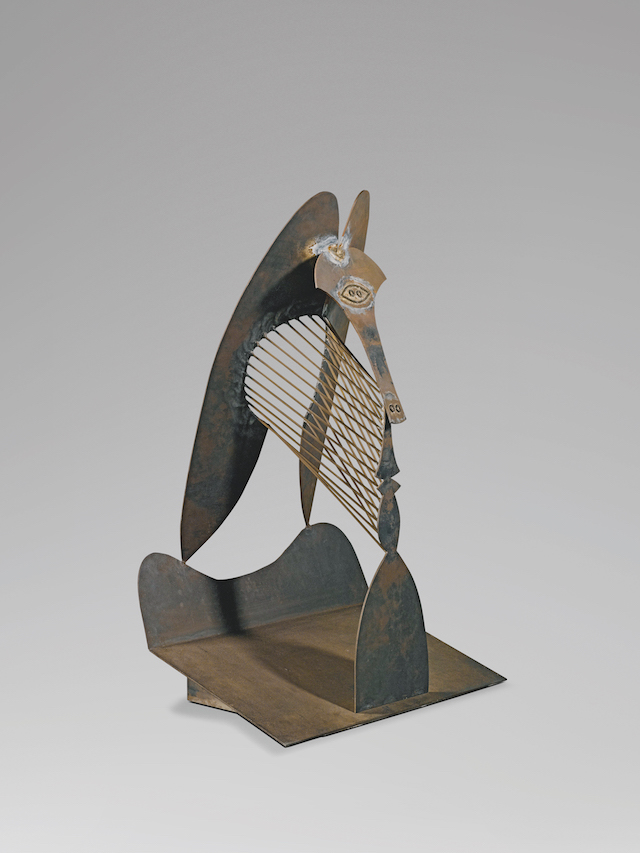
How did Pablo’s art change, or how was it enriched, by his chance meeting with your grandmother?
Marie-Thérèse’s period is one of the happiest of Picasso’s life: the works are colorful, with a great sensuality, so we can understand that it embraces a large public. When he first met my grandmother, Marie-Thérèse Walter, in 1927, outside of the Galeries Lafayette department store in Paris, he approached her and said, “You have an interesting face. I would like to do a portrait of you, I feel we are going to do great things together”. Indeed, Marie-Thérèse was to become a major inspiration and source of renewal for Picasso in the works of a dozen years, and the subject of most of his masterpieces that reflect Picasso’s passionate love for Marie-Thérèse. Her Grecian profile, her delicate hair and skin and her almond-shaped blue eyes are rendered in soft pastel tones, in a paroxysm of sensuality and joy. Beyond the character, this period is extremely important on a pictorial aspect. Also, the series of Picasso’s sculpted portraits of Marie-Thérèse are metaphors for the sexual union between the artist and his model. It is also a period of great renewal in many mediums for my grandfather. For instance, he created monumental heads and busts of Marie-Thérèse. Picasso produced more sculptures during the years 1931-1934 than in any other period of his life.

What effect has the intense scrutiny and detailed biography of your grandfather had on your perspective and memory of him?
Picasso’s art is a form of diary. His works give an accurate idea of his private life. Picasso’s view of his subjects was invariably filtered through his personal affinities with them. It has been revealed that many of his figural works are literally based on people in his life, his wives, lovers, children or friends. What we know about Marie-Thérèse today is what Picasso left us through his work of art, a prolific documentation of a fortuitous love encountering now belonging to the pantheon of art history.
On the occasion of the exhibition Pablo Picasso and Marie-Thérèse: L’amour fou (Gagosian Gallery, New York, 2011), I discovered an unpublished set of photographs of Marie-Thérèse and Picasso that my mother Maya had saved. Picasso and Marie-Thérèse wrote to each other on a regular basis. In her letters to him, Marie-Thérèse would often slip a photograph of herself – most often taken by one of her older sisters, Jeanne or Geneviève, during one of their trips to the coast or to the mountains. Unlike her sisters, who both studied medicine and became ophthalmologists, Marie-Thérèse, having met Pablo when she was seventeen years old, did not go to university, but instead traveled extensively and engaged passionately in a number of athletic activities. In this series of photographs, she appears lively and smiling, exuding the energy of a true athlete. We know about her love of sports, but these photographs also show her sunny temperament and her great physical strength. Curiously, such attributes depart from the usual image of Marie-Thérèse as she appears in Picasso’s paintings: as a reclining or, most often, sleeping muse. Whereas these paintings emanate joy and serenity, the “physicality” that joined the artist and muse can be perceived most clearly in the sculpted portraits.
Why do you think his sculptures do not get the attention they deserve, compared to his paintings?
For many years Picasso’s sculptures remained hidden. Picasso was determined to keep control over the way in which they were displayed in the exhibitions or illustrated in the books. Two major exhibitions revealed his sculptures: in 1966 at the Petit Palais, Paris and in 1967 at the Tate Gallery, London and at the Museum of Modern Art, New York. Since that time, a number of exhibitions have focused on and interrogated his status as a painter-sculptor; in 1994 at the Tate Gallery, London, and in 2000 at the Centre Pompidou, Paris. More recently, the MoMA in New York and the Musée national Picasso-Paris presented the Picasso Sculpture retrospective (2015-2016).
As part of the Picasso sculptures catalogue raisonné I have been working on for more than ten years, I am constantly realising the genius of my grandfather. In studying his works, I closely observe the way in which an idea persists and wanders from one medium to another. He is mostly known for having revolutionised modern painting, but he also created pioneering sculptures. The selection presented in this book shows Picasso’s insatiable curiosity, from plaster to steel, via casts in bronze to cut out papers, matchboxes and engraved pebbles.
Where did he draw his power from?
By studying Picasso’s art, I realised his desire for constant renewal. As an explorer, Picasso used a wide range of materials and techniques, and often collaborated with craftsmen who were able to achieve his technical demands. When he discovered something new, he was like a child and tried out everything. This was the case when he first produced ceramics in the 1940s. His productivity and freedom of thought are both a source of excitement and an inspiration of life.
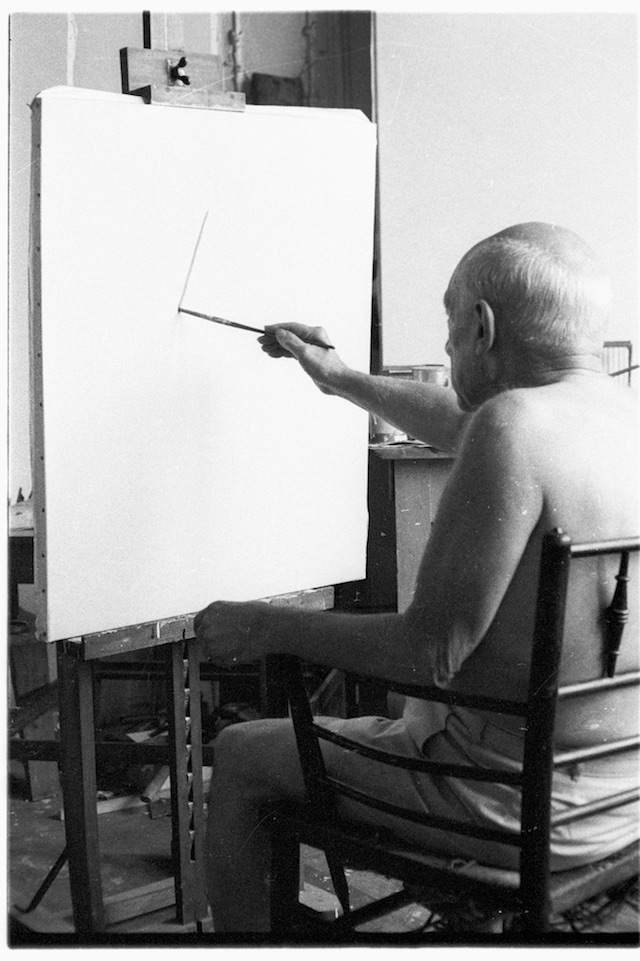
You noted that there are still gaps in our understanding of Picasso’s work – could you expand on this?
It is surprising that today you can still find a new topic to study with Picasso. His work is the theme of many symposiums and exhibitions. Between 2017 and 2019, the Musée national Picasso-Paris organised an international project called “Picasso-Méditerrannée” with some sixty European institutions, providing fresh insights into Picasso’s oeuvre and life. Exhibitions such as Picasso Black and Whiteat the Guggenheim in New York in 2012 and Unfinished: Thoughts Left Visible at the Metropolitan Museum of Art in 2016, shed new light on less familiar aspects of his oeuvre, such as his works in monochrome and the non-finito aesthetic.
What is his legacy and how does it continue to loom large over 21st art?
From the late 1930s onwards, and even more after the war, Picasso became an object of fetishism. This was one of the subjects of the exhibition I co-curated with Didier Ottinger in 2015 at the Grand Palais in Paris called Picasso.mania. The show explored the responses of contemporary artists to the life and work of Picasso, since 1960. While I was preparing the exhibition, I realised that the influence of Picasso was beyond painting and sculpture, and that he has also inspired many film directors, musicians, choreographs or architects. It is interesting to see how Picasso’s work is still relevant in the XXIth century, but as yet certain periods are more privileged than others. His distinctive style and historical borrowings have earned him a central place in discussions on contemporary art. I think Picasso gave permission to many artists not just to create but to invent.
